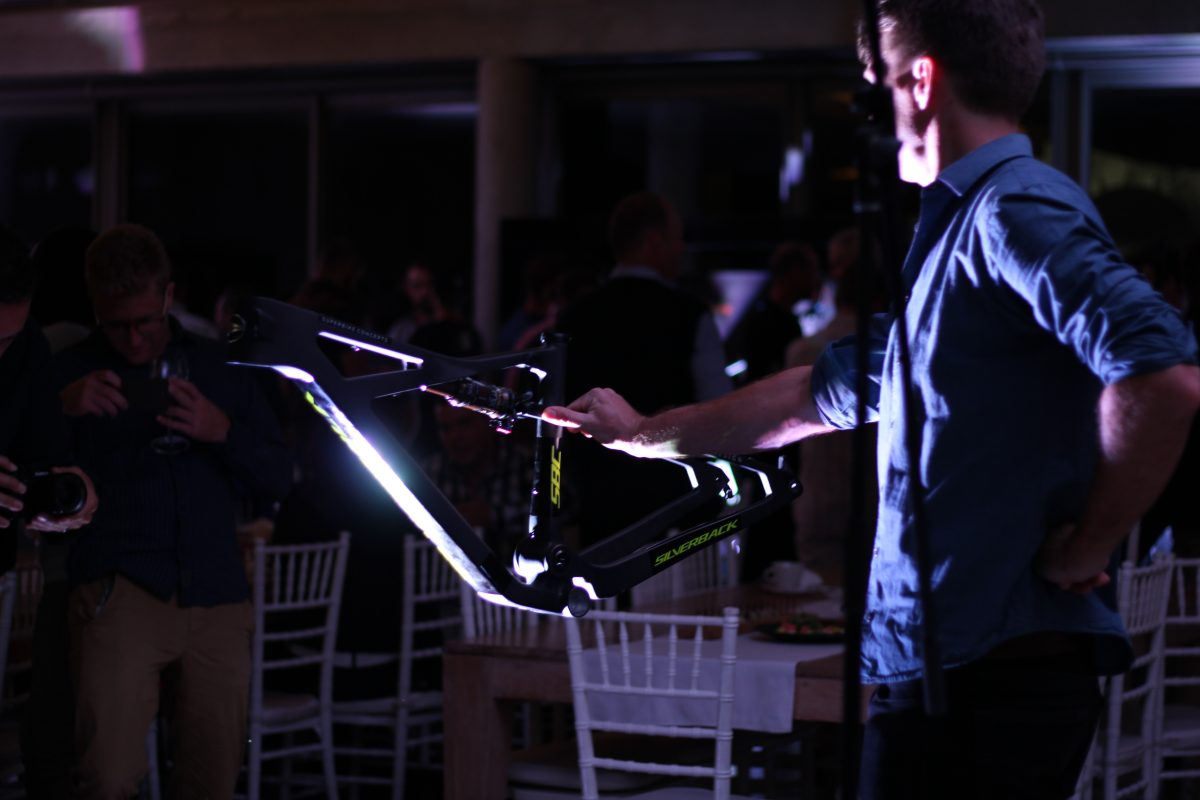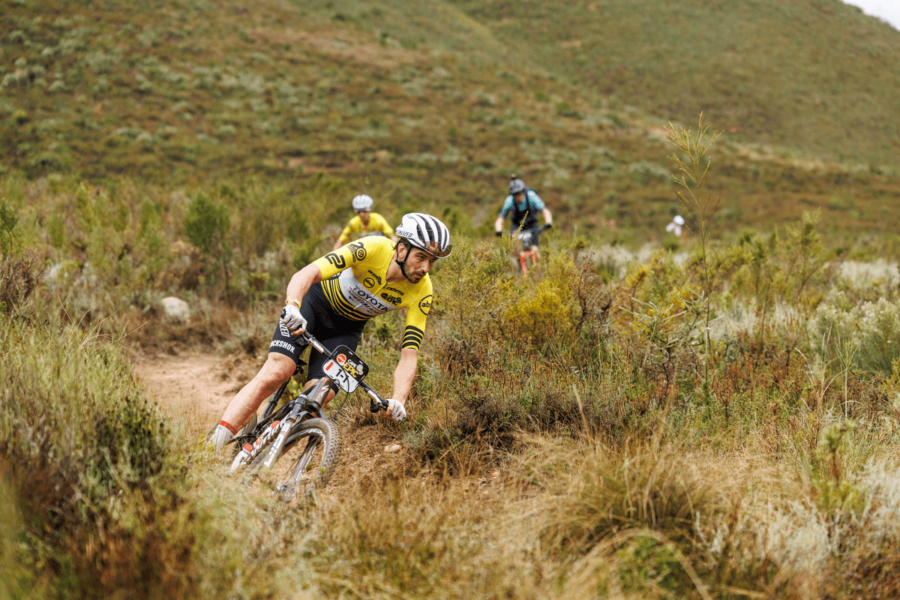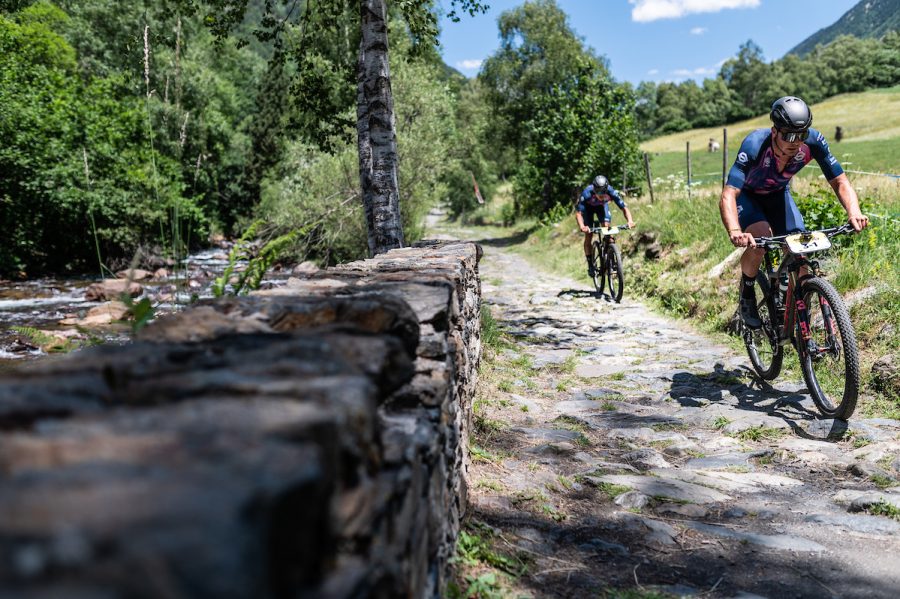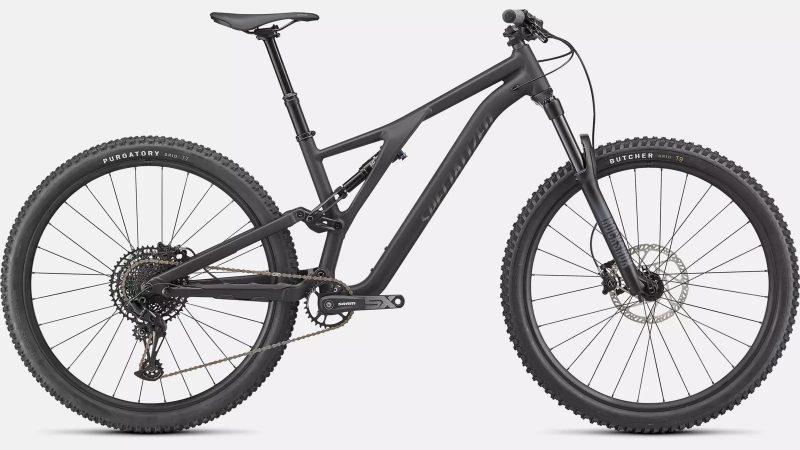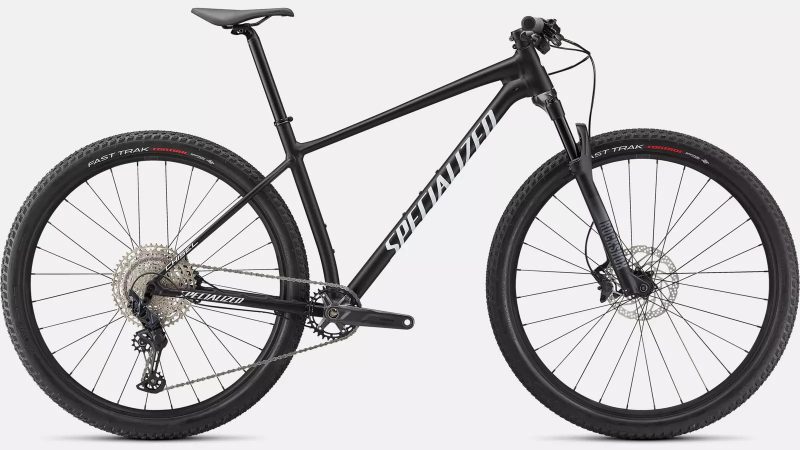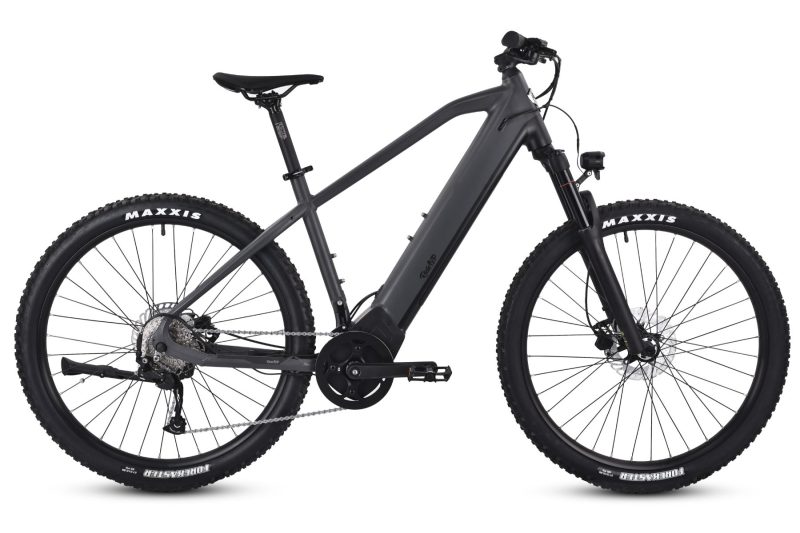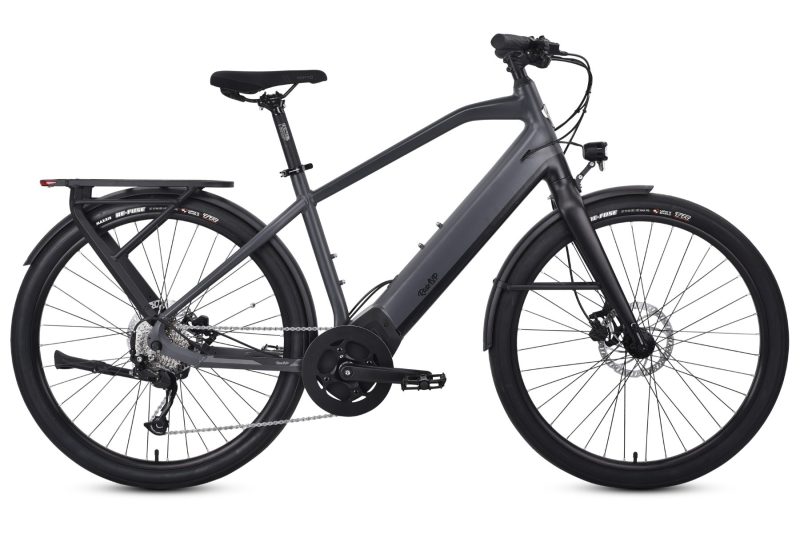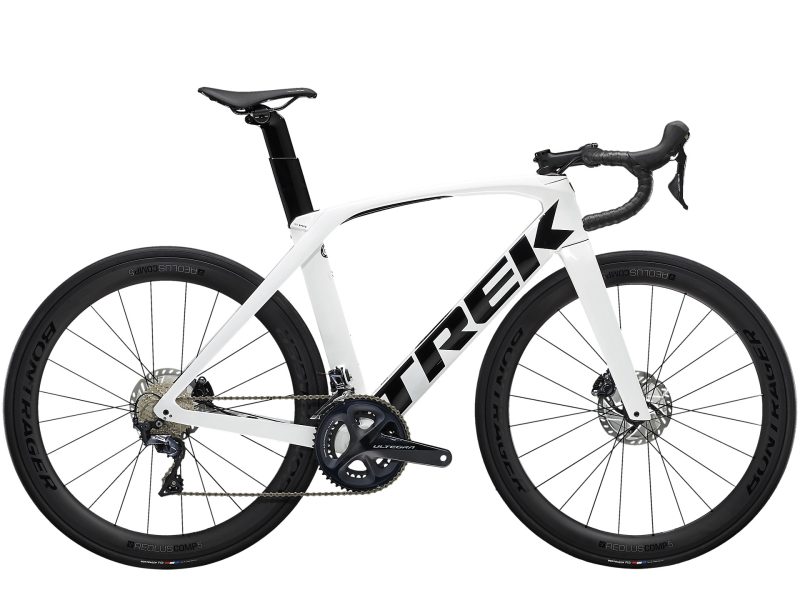Asymmetric design: If the forces in the bike aren’t symmetrical, why should the bike be?
On a bicycle, the drivetrain is mounted on the right side, the brakes on the left side, and the suspension (usually) around the centre. When riding, the environment influences the wheels, and consequently the suspension and frame. When braking, it inflicts major forces on the left side of the bike, whereas acceleration and pedaling affect the right side of the bike.
Asymmetric design does away with the conventional stigma that a frame must be mirrored from drive side to non-drive side.
Reinforced where it’s needed, lightened where it isn’t – allow for a frame that is just as stiff, but lighter.
Asymmetric tubes allow for the dispersion of shock forces between the top tube and downtube. At the riding sag point, most of the shock forces are directed along the top tube. At suspension bottom-out, the rear shock rotates and shock forces are split between the top tube and downtube via the single-sided support strut.
Support Strut (Shock brace) redistributes bottom out forces between the top tube and the downtube, which in turn is triangular for a more regular force distribution. By reducing peak stresses at points in the frame, the entire bike can be constructed lighter.
Power delivered through the drive train is drive-side bias. Braking on disc rotors are non-drive side bias. To add to this, your average rider does not have equal power output in both his or her legs, but we’ll stick to the design points we have control over as designers.
On a full suspension bike, this becomes even more important to have ‘balanced’ kinematic through the middle plane of the frame, that is not bias toward the drive or non-drive side. The drive side sees long periods of loading, of relative low to medium force. Where the non-drive side sees momentaneous loading, of a far higher magnitude.So very different forces – localized to a specific side.
Larger bearing used on the drive side, which has to contend with chain forces as well.
“Quickdraw” bottle placement. Presents the bottle to the rider, where it can be seen and easily staken/stowed. Clint Eastwood didn’t carry his gun in the middle…
The Stratos is strongly based on this philosophy with profiles favoring strength towards the non-drive side.
Nothing in nature is symmetric. Riding forces are not symmetric. Why should your bike be?
Source: Silverback Bikes

